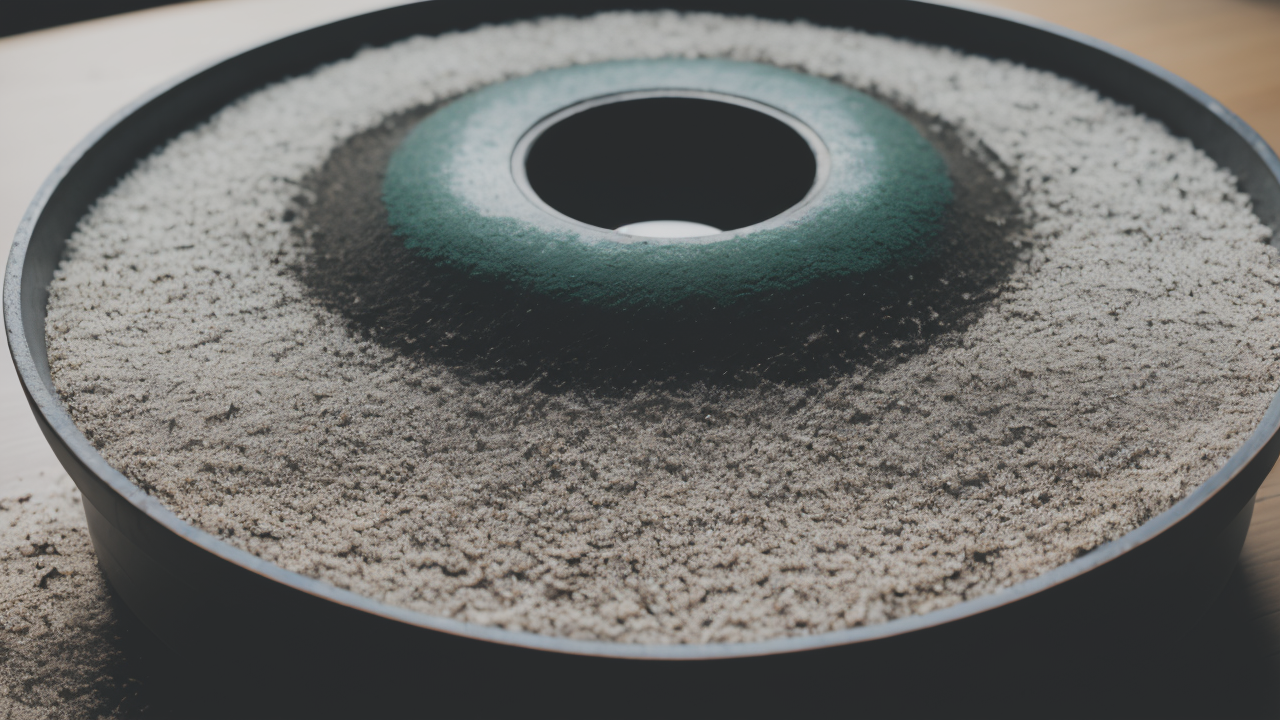
Unlocking the Power of Dabi Art: Expert Tips for Enhancing Your Home's Aesthetic
The Historical Context of Wabisabi Art in the United States
Understanding the Roots of Wabisabi Art
Wabi-sabi is a Japanese concept that values simplicity and imperfection. It emerged in the United States in the mid-20th century. Artists were drawn to its unique approach to beauty. Wabi-sabi challenged Western ideas of perfection and symmetry.

The concept found its way into American art through various channels. Japanese gardens were an early influence. They showcased the beauty of natural, asymmetrical designs. Zen Buddhism also played a role in spreading wabi-sabi ideas.
Early adopters of wabi-sabi in the US were often ceramicists and painters. They embraced the use of natural materials and processes. These artists found beauty in the flaws and marks of age. This approach was a stark contrast to the sleek, modern designs of the time.
The Evolution of Wabisabi Art: A Modern Perspective
As wabi-sabi gained popularity, it began to evolve in the American context. Artists started to blend wabi-sabi principles with local influences. This created a unique American interpretation of the concept.
Modern wabi-sabi art in the US often focuses on minimalism and natural elements. Artists use materials like wood, stone, and metal. They let the natural qualities of these materials shine through. Imperfections are not hidden but celebrated as part of the artwork's story.
Digital technology has also influenced wabi-sabi art. Some artists use digital tools to create wabi-sabi inspired pieces. They might simulate the look of weathered materials or create abstract designs. This blending of old and new keeps wabi-sabi relevant in the digital age.
The Intersection of Nawabi and Wabi-Sabi: Aesthetic and Cultural Shifts
Nawabi Art: A Legacy Carved in Wall Art
Nawabi art represents the opulent style of Indian Nawabs. It is known for its intricate details and rich colors. Nawabi wall art often features elaborate patterns and gold leaf. It brings a sense of luxury and grandeur to any space.

In the US, Nawabi-inspired wall art became popular in the late 20th century. It appealed to those who wanted to add exotic flair to their homes. Many pieces featured ornate frames and detailed paintings. The style brought a touch of royal Indian aesthetics to American interiors.
Nawabi art continues to influence modern wall decor. Designers often use elements of Nawabi style in contemporary pieces. They might incorporate intricate patterns or rich color palettes. This keeps the spirit of Nawabi art alive in modern homes.
Wabi-Sabi Wall Art: A New Chapter in Home Decor
Wabi-sabi wall art marks a shift towards simplicity and authenticity. It embraces the beauty of age and wear. This style often features natural textures and subdued colors. It creates a calm and grounding atmosphere in living spaces.
Many artists create wabi-sabi wall pieces using reclaimed materials. They might use weathered wood or oxidized metal. The goal is to highlight the material's history and character. This approach appeals to eco-conscious consumers and those seeking unique decor.
Wabi-sabi wall art often tells a story through its imperfections. A crack in ceramic or a knot in wood becomes a focal point. This celebrates the unique journey of each piece. It invites viewers to find beauty in unexpected places.
Practical Insights: Incorporating Wabisabi Art in Modern Homes
Selecting the Right Wabisabi Pieces for Your Space
Choosing wabi-sabi wall art requires thoughtful consideration. Look for pieces that complement your existing decor. Wabi-sabi art should enhance the room's atmosphere, not overwhelm it. Consider the following tips:

- Choose pieces with natural materials like wood, stone, or handmade paper.
- Look for subtle variations in color and texture.
- Consider the size of the piece in relation to your wall space.
- Think about the overall feel you want to create in the room.
Remember, wabi-sabi art is about simplicity and authenticity. Don't be afraid to choose pieces that show signs of age or wear. These imperfections are what make wabi-sabi art unique and beautiful.
The Art of Displaying Wabisabi Artwork
Displaying wabi-sabi wall art is an art form in itself. The key is to create a sense of balance and harmony. Here are some tips for effective display:
- Use negative space to your advantage. Allow each piece room to breathe.
- Group similar items together for a cohesive look.
- Mix different textures and materials for visual interest.
- Consider the lighting in your space. Soft, natural light often works best.
- Experiment with asymmetrical arrangements for a more organic feel.
Remember, wabi-sabi embraces imperfection. Don't aim for perfect alignment or symmetry. Let the art speak for itself and create its own unique presence in your space.
Maintaining and Caring for Your Wabisabi Wall Art
Caring for wabi-sabi wall art is relatively simple. The goal is to preserve its natural beauty without over-maintaining it. Here are some care tips:
- Dust pieces gently with a soft, dry cloth.
- Avoid harsh chemicals or cleaners that might damage natural materials.
- Keep artwork away from direct sunlight to prevent fading.
- For wooden pieces, occasionally treat with natural oils to prevent drying.
- Embrace changes in appearance over time as part of the wabi-sabi philosophy.
Remember, wabi-sabi art is meant to age gracefully. Minor wear and changes add to its character and story. Embrace these changes as part of the artwork's journey in your home.
In conclusion, the shift from Nawabi to wabi-sabi in wall art reflects changing tastes and values. It shows a move towards simplicity, authenticity, and connection with nature. By incorporating wabi-sabi art, modern homes can create spaces that are both beautiful and meaningful.


